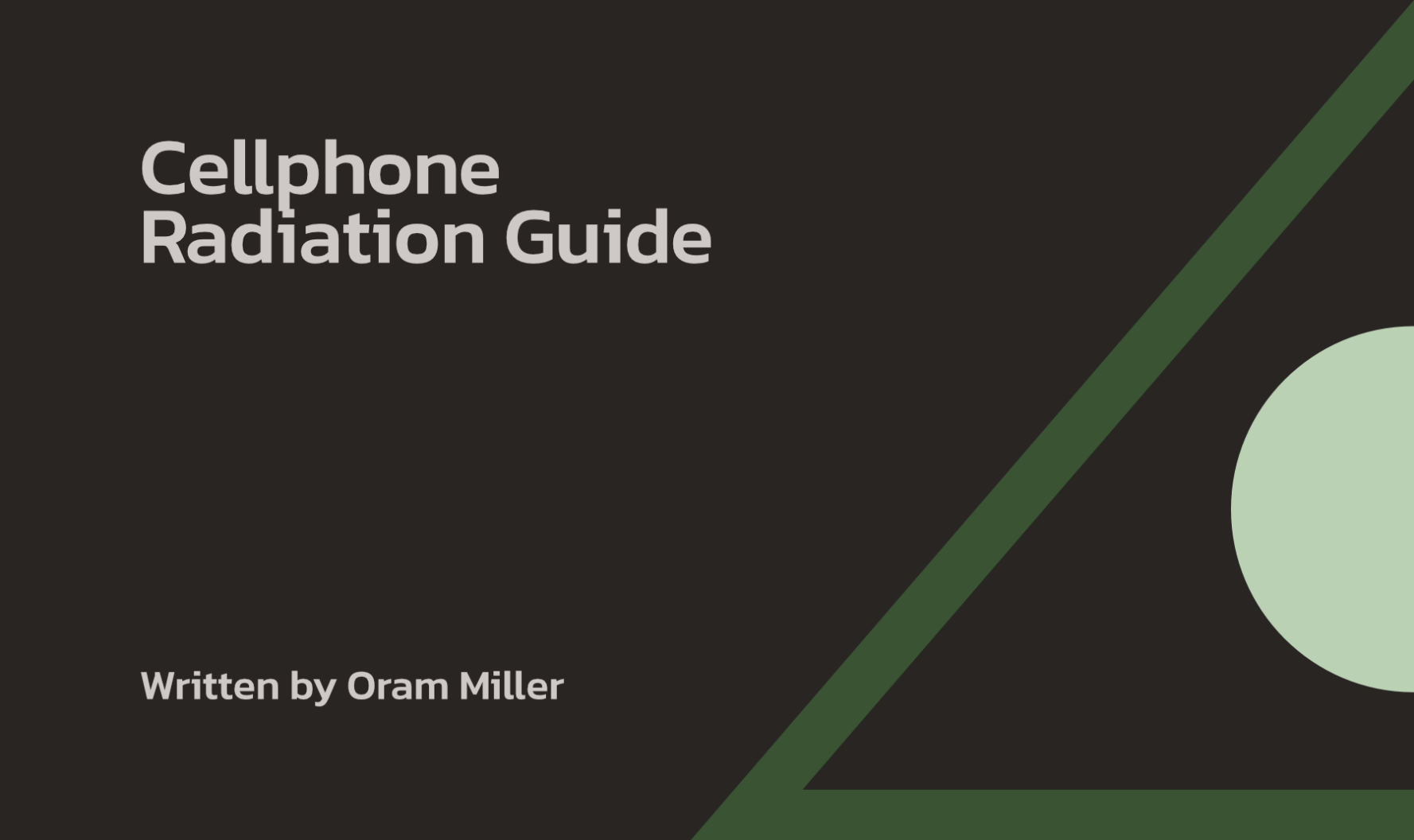Cellphone Radiation Guide

Introduction
You can see how your cell phone compares to other phones on a list measuring radiation output for all cell phones on the market. This is available at a website entitled, Updated Environmental Working Group (EWG) Cellphone Radiation Guide
This list was reviewed in a blog on the website, EMFacts Consultancy, posted on March 5, 2010. The blog was written by Ken Cook, President of the Environmental Working Group. He states, “Now, with EWG’s new Cell Phone Radiation Guide you can check your cell phone’s radiation ranking and learn how to use it wisely.
“Our Cell Phone Radiation Guide has been extremely popular since we released it in October, because it gives consumers exactly the information needed to choose and use cell phones wisely.
You can:
1 See how the hottest new phones of 2010 rank
2 Look up your phone’s radiation level
3 Find a low-radiation phone
4 Find a headset
5 Get practical, convenient tips on how to reduce your radiation
6 Take action and tell the government that it’s time to modernize
their radiation standards”
To view the entire list, click here.
Note from Oram
Radiation in the microwave range from the carrier radio frequency, mentioned as item # 2 in the list above, is only one of the two radio frequencies emitted by cell phones and fixed cell towers when they transmit to each other. The other radio frequency is the so-called “low-power information-carrying radio wave,” which is broadcast at a much slower rate of 16 to 219 Hz (Hertz), or cycles per second. These low-frequency radio waves carry the voice data but their range is not very far. Hence they need to be piggy-backed onto a microwave carrier wave, which carry them back and forth for miles between the cell tower and the phone.
The problem is, microwave carrier waves, mentioned above, have a safe exposure level, called the “specific absorption rate,” or SAR, below which there is generally little health impact. The low-frequency information-carrying radio waves, on the other hand, operate on a frequency very close to biological frequencies (brain waves occur from less than 1 to 25 Hertz).
More seriously, these low-frequency information-carrying ratio waves have no safe exposure level, meaning there are health effects at exposure levels down to almost zero, and the effects are cumulative. These include damage to the blood-brain barrier, formation of micronuclei, which are precursors for cancer, and damage to the calcium metabolism of cells, which is the way they communicate with one another. Bear this in mind when researching your cell phone on the EWG list and realize that even though you may find a cell phone with a relatively low SAR, that does not mean you are safe. This is because the greatest harm comes from the low-frequency, information-carrying radio waves, which are always present. The solution is to reduce your use of cell phones altogether and increase the distance between the phone and your body when in use.
Steps to Protect Yourself from Cell Phone Frequencies
See Steps to Protect Yourself from Cell Phone Frequencies for a list of recommendations on how to use your cell phone with less impact on your health.
Click here to see research citations on the health impacts of cell phones and other wireless communications.
Click here to see Oram’s Position Paper on Cell Phone Chips, Pendants and Home Harmonizers.
Click here to see a list of retailers who sell cell phone radiation shielding and reduction devices.